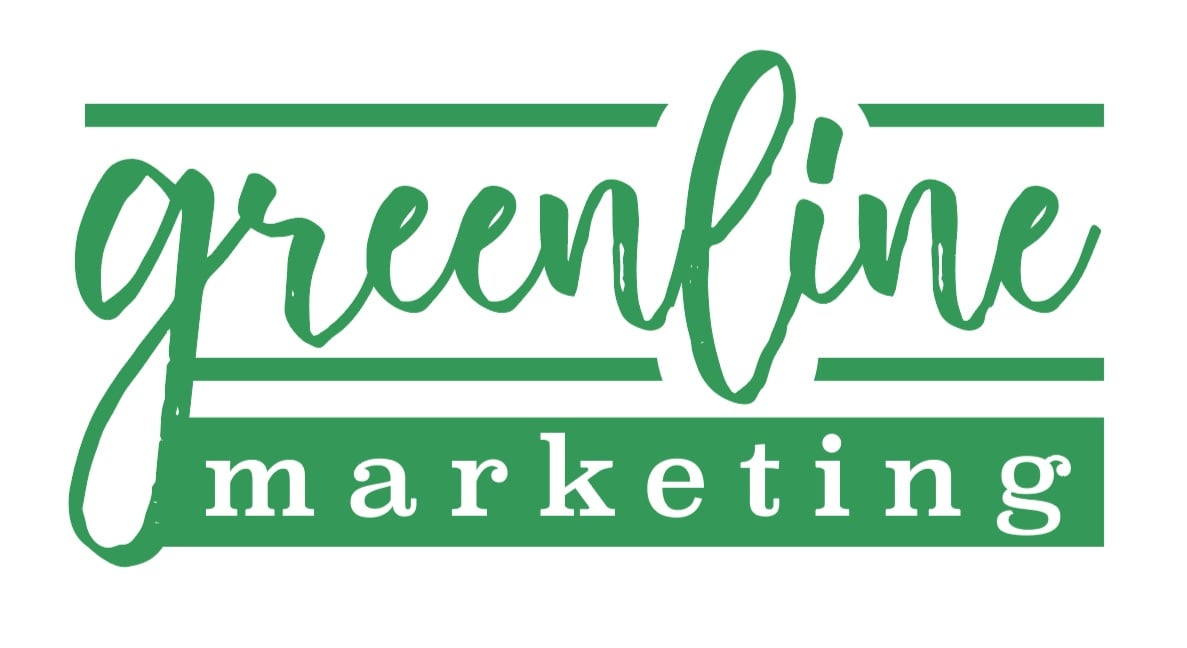Honestly, what's better than laughing so hard your belly hurts? Social media thrives on entertaining content. The numbers don't lie; 66% of social media experts believe that humor, much like the random silliness of Mad Libs, tops the charts. And that’s the power of humor in marketing, it’s no joke, just like the best game of Mad Libs you’ve ever played!
The Power of Laughter
There's nothing the internet loves more than a good laugh. Laughter is a universal language, and studies show humor enhances recall and engagement. Take TikTok, for example, humor has some major pull. Videos with the hashtags #funny and #comedy have over six TRILLION views! That's a lot of LOLs. In a content-saturated world, laughter can be your ticket to standing out from the crowd.
- Memory Maker: A good laugh is indispensable. People are more likely to remember content that makes them giggle, giving you valuable real estate in their minds.
- Conversation Starter: Humor sparks conversation. It transforms ordinary content into something people want to share and discuss. Funny marketing creates buzz, encouraging active participation and building a sense of community around your brand.
- The Inside Joke Effect: The best humor feels like an inside joke among friends. By tapping into relatable themes, you’ll find your in with your audience.
- Humanizing Your Brand: Social platforms allow brands to shed their seriousness and showcase their fun side, fostering a more personal connection and building a loyal following just waiting for your next post.
Humor: The Marketing Medicine
Perhaps, laughter is the best marketing medicine. Humor triggers the release of dopamine, the feel-good chemical in our brains. This not only brightens our moods but also enhances our long-term memory. So, humorous content is more likely to be remembered and shared, boosting brand recall and deepening audience engagement. Humor in marketing isn't just about cracking jokes; it's about building trust and making your business relatable.
“Laughter is the shortest distance between two people.” -Legendary comedian, Victor Borge
Spreading Humor Across All Channels
Humor works everywhere, from TikTok to email inboxes. We aren’t just grabbing their attention; we’re holding it.
- Social Media: Platforms like Instagram, Twitter, and Facebook are ideal for spontaneous, lighthearted content that can go viral. Funny posts often translate into high engagement – likes, shares, and comments – amplifying your visibility.
- Heading Straight to the Comment Section: The comments section on social platforms is a humor incubator. RyanAir's witty responses have mastered the art of comebacks.
- Email Marketing: Injecting humor into email campaigns can break the monotony of inboxes, increasing open rates and potentially leading to higher click-through rates and improved customer retention.
- Website Content: From landing pages to blogs, humor can make website content captivating, encouraging site visitors to browse from start to finish and share with others.
Finding Your Funny Bone: Implementing Humor in Your Branding
Let's face it: Marketing can feel a bit stale sometimes, and it’s hard to know how to take things up a notch. Although we will tell you that staring at a screen full of jargon and stock photos isn't exactly how most people want to spend their day, humor is the perfect antidote to bring your campaigns to life. But using humor takes more than just throwing a banana peel at the wall, and it sticks.
- Avoid Identity Crises: Imagine your business as your best friend. Are they the witty one who always has a sarcastic remark or the chill one who loves funny memes? Make sure your humor aligns with your existing voice to avoid sounding like you're having an identity crisis.
- Know Your Audience: Who are you trying to crack up? Millennials who live and breathe emojis, or Gen Z who can sniff out an inauthentic joke from a mile away? Cater your humor to their interests. Think relatable struggles, pop culture references they'll get, and the kind of jokes they'd share with their friends.
- Shareable Content: Go beyond the cheap chuckle. Think funny images or videos that capture the awkwardness of that first date, the struggle of adulting, or the pure joy of finally getting a decent night's sleep and the hair disaster it creates. People love to laugh at things they recognize, so tap into those shared experiences.
- Clarity (Especially with Pranks, Unless...): Confusion isn't funny (usually). Make sure your audience gets the joke, especially with pranks. But hey, if a little mystery is part of your brand's personality, go for it! Just make sure the payoff is worth it.
- Timing is Everything: Is everyone talking about that crazy news story? Did a hilarious new meme just drop? Jump on it (tastefully, of course)! Jokes that riff off current events and trending topics are like catnip for audiences because they feel fresh and relevant.
By following these tips, you can transform your business from a stranger on the internet into the hilarious friend your audience needs. Remember, the best humor is relatable and real – and makes people feel like they're in on the joke. So, ditch the marketing jargon, embrace the funny, and get ready to watch your brand become the most entertaining brand in the (digital) room.
Remix Culture: Before You Post, Analyze and Adapt
The internet remixes everything, and humor is no exception. This can be a goldmine for brands! But we should really talk about how to avoid cringe-worthy content by analyzing trends. The secret weapon we love is TikTok's "For You" page. Scroll trending memes and dances. Can you put a funny spin on them relevant to your company?
- Competitor Analysis: See what's working (and what's not) within your industry. Analyze how your competitors are using humor and the kind of response they're generating.
- Social Listening: Tools can help you listen to conversations happening around your brand and competitors; it’s the art of ethically eavesdropping. This can provide valuable insights into what your audience finds funny and their general sentiment toward different types of humor.
- Platform-Specific Insights: Each social media platform has its own unique culture and humor style. Spend time on TikTok, for example, observing successful campaigns and noting the types of humor that resonate with users.
- Engaging with Creators: Consider partnering with influencers who excel in platform-specific humor. They can offer valuable insights and add authenticity to your campaigns because of their nuanced understanding of what makes content successful (e.g., trends and audience preferences) on specific platforms.
Encore: April Fools Success Stories
Forget the “Brown Es” and whoopie cushions for a second. April Fools' Day has become a battleground for businesses as a chance to unleash their personalities. This year, social media feeds were flooded with playful product announcements and outrageous social stunts.
But the laughter wasn't just for entertainment's sake. These campaigns showcased the power of humor to create unforgettable moments and build genuine connections with audiences. By embracing humor, brands can boost their appeal, encourage content sharing, and deepen customer engagement. Just a month ago, these April Fools' Day antics proved that a well-placed joke can be more than just funny, they can be a powerful marketing tool.
- Gymbox's "dog-only fitness class" playfully twisted fitness trends.
Tinder's job opening for a "Vice President of Ghost Hunting" humorously addressed the dating phenomenon of "ghosting."
- Amtrak's "emotional baggage" train car offered a humorous solution to a relatable problem, inviting users to "tag a friend who needs a lift."
- Olipop and Pringles' surprising collaboration on a "gut-healthy sour cream and onion flavored soda" intrigued and amused consumers, demonstrating the fun side of brand partnerships.
The After Party: Virality
Welcome to the afterparty, where things get a little looser, and the content spreads like wildfire. Laughter is the “Social Butterfly” (pun intended). Viral fame awaits, but the key? Humor that resonates! Think about trends like "What's Up, Brother?” They seem simple, yet they captured the internet's funny bone for a reason. So, how can brands join in on the fun?
Authenticity: Forget about being a meme copycat. Be authentic and become a part of the conversation. Stay updated on current trends, popular challenges, and the humor that makes your target audience LOL.
Funny or Offensive?: There's a fine line between viral and offensive. Before hitting post, take a step back and consider if your humor might be misinterpreted by certain cultures or age groups. A meme that Gen Z finds hilarious might leave Baby Boomers confused.
Cultural IQ: Understanding humor across cultures is crucial. A joke that sticks with one audience might leave another scratching their heads. Remember Emily in Paris? Let's not repeat that. Here's how to avoid a social media faux pas:
- Research is Key: Familiarize yourself with different cultural norms. Avoid humor that relies on stereotypes or insensitive topics.
- Lost in Translation: A pun that works in English might not translate well in another language.
- Local Legends: Consider collaborating with local influencers or agencies who understand the cultural nuances of your target audience. They can ensure your humor hits the right note and avoids any awkward silences.
- Think Niche: Specificity is your friend! Targeting humor to a specific city or region can make it even more relatable. Imagine a local coffee shop playing off a city-specific landmark in a campaign – pure marketing gold!
Humor in marketing? It's the gift that keeps on giving, like that TikTok you can't stop showing your friends. Build connections, boost recall, and become unforgettable? Yes, please! So experiment, have fun, and remember: authenticity is key. Don't be afraid to get a little weird (but not cringey-weird) – after all, laughter cuts through the noise better than anything. Now get out there and make your audience laugh!




